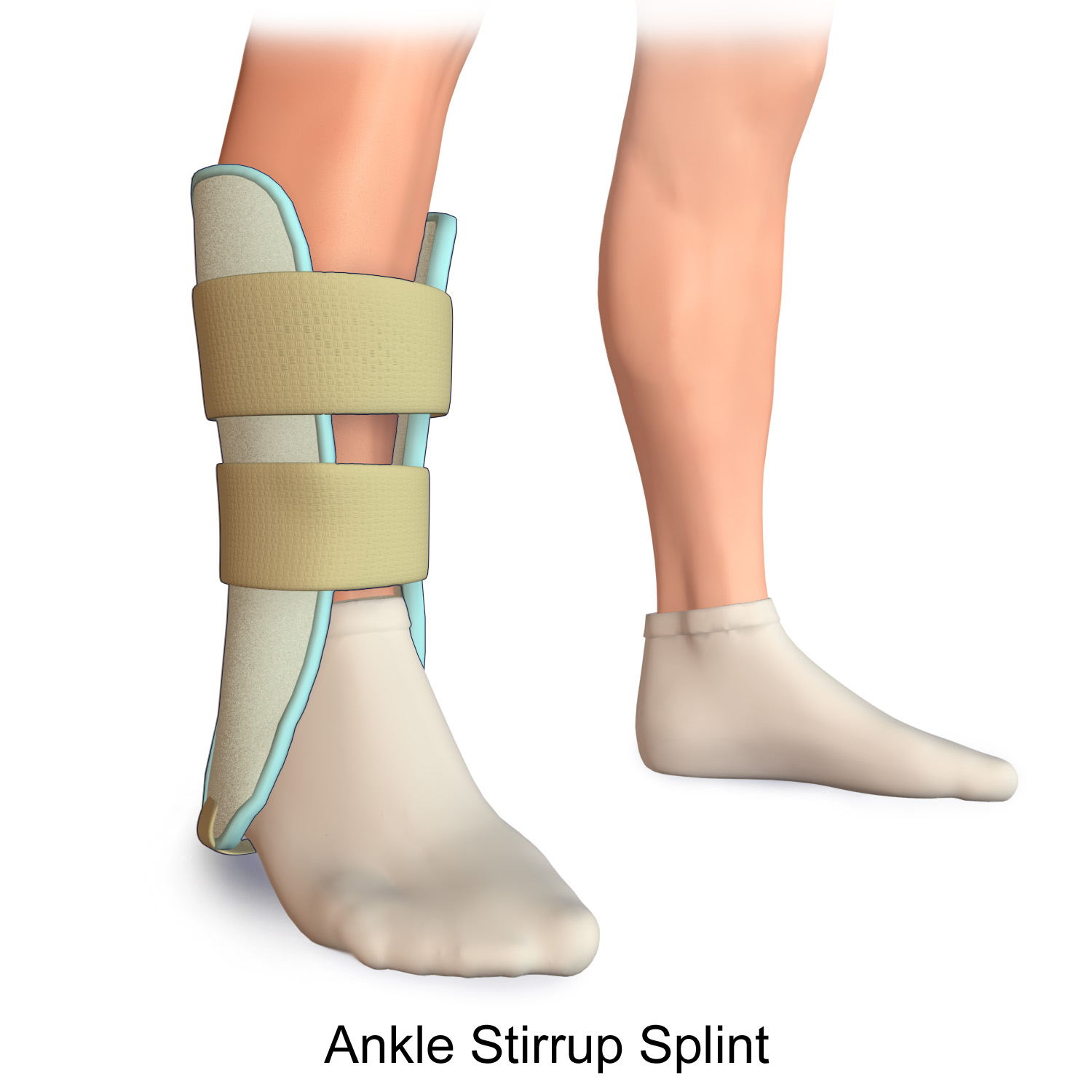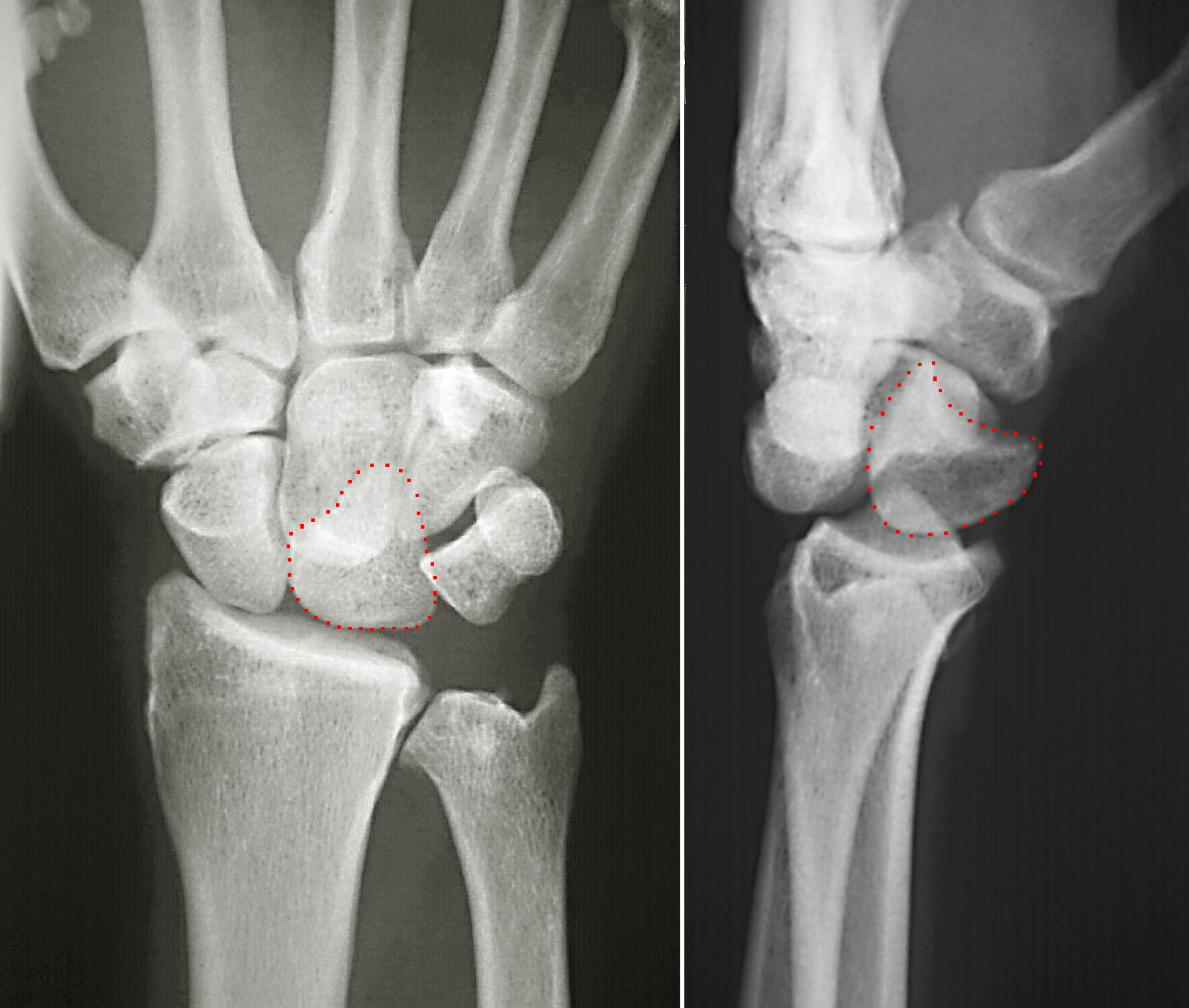|
Thumb Spica
A spica splint is a type of Splint (medicine), orthopedic splint used to immobilize the thumb and/or wrist while allowing the other digits freedom to move. It is used to provide support for thumb injuries (ligament instability, sprain or muscle strain), gamekeeper's thumb, osteoarthritis, de Quervain's syndrome or fractures of the scaphoid fracture, scaphoid, lunate bone, lunate, or first metacarpal bone, first metacarpal. It is also suitable for post-operative use or after removal of a hand/thumb cast. References Medical equipment {{Treatment-stub ... [...More Info...] [...Related Items...] OR: [Wikipedia] [Google] [Baidu] |
Splint (medicine)
A splint is defined as "a rigid or flexible device that maintains in position a displaced or movable part; also used to keep in place and protect an injured part" or as "a rigid or flexible material used to protect, immobilize, or restrict motion in a part". Splints can be used for injuries that are not severe enough to immobilize the entire injured structure of the body. For instance, a splint can be used for certain fractures, soft tissue sprains, tendon injuries, or injuries awaiting orthopedic treatment. A splint may be static, not allowing motion, or dynamic, allowing controlled motion. Splints can also be used to relieve pain in damaged joints. Splints are quick and easy to apply and do not require a plastering technique. Splints are often made out of some kind of flexible material and a firm pole-like structure for stability. They often buckle or Velcro together. Uses * By the emergency medical services or by volunteer first responders, to temporarily immobilize a fract ... [...More Info...] [...Related Items...] OR: [Wikipedia] [Google] [Baidu] |
Gamekeeper's Thumb
Gamekeeper's thumb (also known as skier's thumb or UCL tear) is a type of injury to the ulnar collateral ligament (UCL) of the thumb. The UCL may be merely stretched, or it may be torn from its insertion site into the proximal phalanx of the thumb; in approximately 90% of cases part of the bone is actually avulsed from (sheared away from) the joint. This condition is commonly observed among gamekeepers and Scottish fowl hunters, as well as athletes (such as volleyballers and soccer goalkeepers). It also occurs among people who sustain a fall onto an outstretched hand while holding a rod, frequently skiers grasping ski poles. Signs and symptoms Symptoms of gamekeeper's thumb are instability of the MCP joint of the thumb, accompanied by pain and weakness of the pinch grasp. The severity of the symptoms is related to the extent of the initial tear of the UCL (in the case of skier's thumb), or how long the injury has been allowed to progress (in the case of gamekeeper's thumb). ... [...More Info...] [...Related Items...] OR: [Wikipedia] [Google] [Baidu] |
Osteoarthritis
Osteoarthritis (OA) is a type of degenerative joint disease that results from breakdown of joint cartilage and underlying bone which affects 1 in 7 adults in the United States. It is believed to be the fourth leading cause of disability in the world. The most common symptoms are joint pain and stiffness. Usually the symptoms progress slowly over years. Initially they may occur only after exercise but can become constant over time. Other symptoms may include joint swelling, decreased range of motion, and, when the back is affected, weakness or numbness of the arms and legs. The most commonly involved joints are the two near the ends of the fingers and the joint at the base of the thumbs; the knee and hip joints; and the joints of the neck and lower back. Joints on one side of the body are often more affected than those on the other. The symptoms can interfere with work and normal daily activities. Unlike some other types of arthritis, only the joints, not internal organs, are af ... [...More Info...] [...Related Items...] OR: [Wikipedia] [Google] [Baidu] |
De Quervain's Syndrome
De Quervain syndrome is mucoid degeneration of two tendons that control movement of the thumb and their tendon sheath. This results in pain and tenderness on the thumb side of the wrist. Radial abduction of the thumb is painful. On occasion, there is uneven movement or triggering the thumb with radial abduction. Symptoms can come on gradually or be noted suddenly. There is speculation that the problem is related to use of the hand, but this is not supported by experimental evidence. Humans tend to misinterpret painful activities as causing the problem to get worse and this misinterpretation is associated with greater pain intensity. For this reason, it's better not to blame activity without strong scientific support. The diagnosis is generally based on symptoms and physical examination. Diagnosis is supported if pain increases when the wrist is bent inwards while a person is grabbing their thumb within a fist. There is some evidence that the natural history of de Quervain ... [...More Info...] [...Related Items...] OR: [Wikipedia] [Google] [Baidu] |
Scaphoid Fracture
A scaphoid fracture is a break of the scaphoid bone in the wrist. Symptoms generally includes pain at the base of the thumb which is worse with use of the hand. The anatomic snuffbox is generally tender and swelling may occur. Complications may include nonunion of the fracture, avascular necrosis of the proximal part of the bone, and arthritis. Scaphoid fractures are most commonly caused by a fall on an outstretched hand. Diagnosis is generally based on a combination of clinical examination and medical imaging. Some fractures may not be visible on plain X-rays. In such cases the affected area may be immobilised in a splint or cast and reviewed with repeat X-rays in two weeks, or alternatively an MRI or bone scan may be performed. The fracture may be preventable by using wrist guards during certain activities. In those in whom the fracture remains well aligned a cast is generally sufficient. If the fracture is displaced then surgery is generally recommended. Healing may take up ... [...More Info...] [...Related Items...] OR: [Wikipedia] [Google] [Baidu] |
Lunate Bone
The lunate bone (semilunar bone) is a carpal bone in the human hand. It is distinguished by its deep concavity and crescentic outline. It is situated in the center of the proximal row carpal bones, which lie between the ulna and radius and the hand. The lunate carpal bone is situated between the lateral scaphoid bone and medial triquetral bone. Structure The lunate is a crescent-shaped carpal bone found within the hand. The lunate is found within the proximal row of carpal bones. Proximally, it abuts the radius. Laterally, it articulates with the scaphoid bone, medially with the triquetral bone, and distally with the capitate bone. The lunate also articulates on its distal and medial surface with the hamate bone. The lunate is stabilised by a medial ligament to the scaphoid bone and a lateral ligament to the triquetral bone. Ligaments between the radius and carpal bone also stabilise the position of the lunate, as does its position in the lunate fossa of the radius. Bone The pro ... [...More Info...] [...Related Items...] OR: [Wikipedia] [Google] [Baidu] |
First Metacarpal Bone
The first metacarpal bone or the metacarpal bone of the thumb is the first bone proximal to the thumb. It is connected to the trapezium of the carpus at the first carpometacarpal joint and to the proximal thumb phalanx at the first metacarpophalangeal joint. Characteristics The first metacarpal bone is short and thick with a shaft thicker and broader than those of the other metacarpal bones. Its narrow shaft connects its widened base and rounded head; the former consisting of a thick cortical bone surrounding the open medullary canal; the latter two consisting of cancellous bone surrounded by a thin cortical shell. Head The head is less rounded and less spherical than those of the other metacarpals, making it better suited for a hinge-like articulation. The distal articular surface is quadrilateral, wide, and flat; thicker and broader transversely and extends much further palmarly than dorsally. On the palmar aspect of the articular surface there is a pair of eminences o ... [...More Info...] [...Related Items...] OR: [Wikipedia] [Google] [Baidu] |






